Key Takeaways
- Discover the cost-saving benefits and comfort provided by energy-efficient roofing materials.
- Learn about innovations like cool roofs and their role in reducing a home’s carbon footprint.
- Explore financial incentives and the increased market value associated with energy-efficient upgrades.
- Understand how proper installation and maintenance are pivotal to maximizing energy efficiency in roofing.
Introduction to Energy-Efficient Roofing
The shift towards energy-efficient building practices is increasingly becoming a priority in residential construction. For homeowners, an efficient roof can mean more than just a shelter—it’s a critical investment for energy savings, improved comfort, and reduced environmental impact. Progressive roofing technologies bolster a home’s defense against the elements and enhance its thermal performance. The concept of a home’s ‘energy footprint’ is significantly influenced by the choice of residential roofing materials and the methods employed during installation. The function of a roof extends beyond the simplistic role of protection—it’s an integral part of the building’s envelope, a contributor to its aesthetic appeal, and a key player in the energy efficiency drama. With complex heat flow dynamics, the roofing material’s ability to resist heat transfer — both into and out of the home — is essential for maintaining a comfortable interior without undue stress on heating and cooling systems.
Types of Energy-Efficient Roofing Materials
The varied landscape of roofing materials offers homeowners a multitude of options when it comes to energy efficiency. From asphalt shingles that have been a historical favorite to modern metal roofs that reflect the sun’s rays, the material choices are more varied and technologically advanced than ever. However, not all materials are equal in their ability to conserve energy. Innovations in roofing technologies have given rise to materials specifically designed to keep homes more relaxed in the summer and warmer in the winter, thereby reducing the need for mechanical cooling and heating. One standout example is the market for cool roofs, which are engineered to reflect more sunlight and absorb less heat than standard roofing materials. A cool roof can significantly lower surface temperatures by up to 50°F, thus decreasing the heat transferred into the building.
Many modern materials come with an added layer of insulation built-in, contributing to their energy-saving prowess. A discerning homeowner can also look for roofing materials rated by the Energy Star program, which certifies products that meet specific energy performance criteria. The options range from reflective metal roofs and recycled shingle materials to slate or terra cotta tiles, offering varying energy efficiency and environmental benefits.
The Financial Benefits of Energy-Efficient Roofing
While the environmental advantages of energy-efficient roofing are clear, the financial benefits are equally compelling. Investing in an energy-efficient roof can immediately impact a homeowner’s utility bills. With improved thermal control, the reliance on air conditioning during hot spells and heating during cold snaps diminishes, leading to considerable energy savings. Furthermore, lucrative government incentives are available for those who upgrade to more efficient roofing systems. Energy-efficient roofs can qualify for federal tax credits, and many local governments offer additional rebates and incentives. This makes the upfront investment more palatable and the long-term rewards of reduced utility costs more attractive.
Beyond the direct energy cost savings, energy-efficient roofs contribute to the property’s overall value. This is increasingly relevant in the current real estate market, where buyers are looking for homes with sustainable features. This forward-thinking investment in energy efficiency can result in a higher resale value and a smaller carbon footprint, making the property more attractive to environmentally-conscious buyers.
Professional Roof Inspections and Maintenance
A regular roof inspection and maintenance schedule is essential to maintain the highest energy efficiency. Recognized professionals in roofing can offer valuable insights into the condition of a roof and suggest ways to enhance its performance. By proactively identifying areas where energy is being lost, such as damaged shingles, inadequate insulation, or blocked ventilation, one can improve the roof’s ability to conserve energy.
A well-maintained roof is less likely to succumb to the wear-and-tear that can compromise its energy efficiency. Regular check-ups can lead to minor repairs, preventing more significant, expensive problems. An ounce of prevention in roof maintenance is worth a pound of cure when it comes to keeping energy costs in check and extending the longevity of the roofing materials.
Choosing the Right Contractor for Energy-Efficient Roofing
The key to adequately constructing an energy-efficient roof is hiring the correct contractor. Homeowners should look for experts with credentials and track records in the newest roofing technology. An accomplished contractor who can show off their portfolio of energy-saving projects might be a great advantage. They can advise what materials and design options are best for a given home’s requirements, considering the local climate and the existing architecture. Homeowners want to seek contractors with a proven track record of producing excellent work and staying abreast of the most recent developments in energy-efficient roofing. Building a solid working rapport with such a contractor guarantees a positive installation experience and continuing assistance with roof maintenance and energy efficiency improvement throughout the roof’s lifespan.

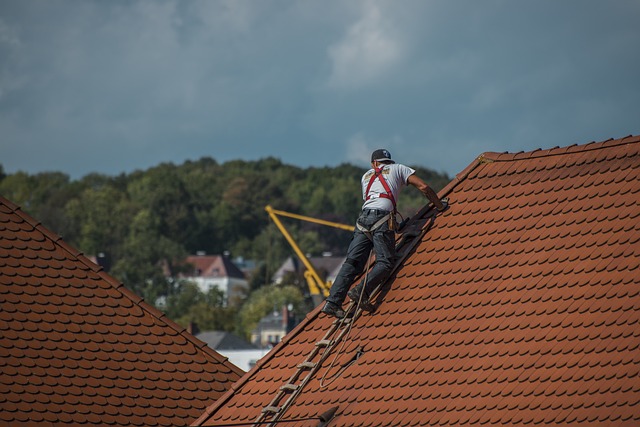





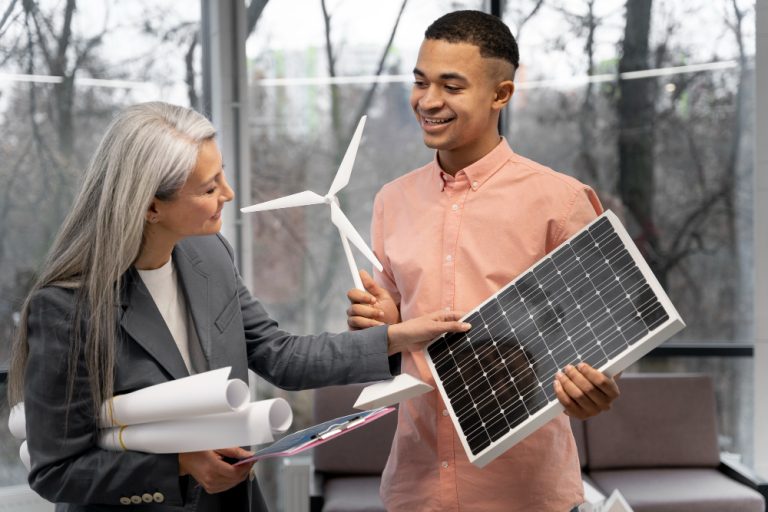
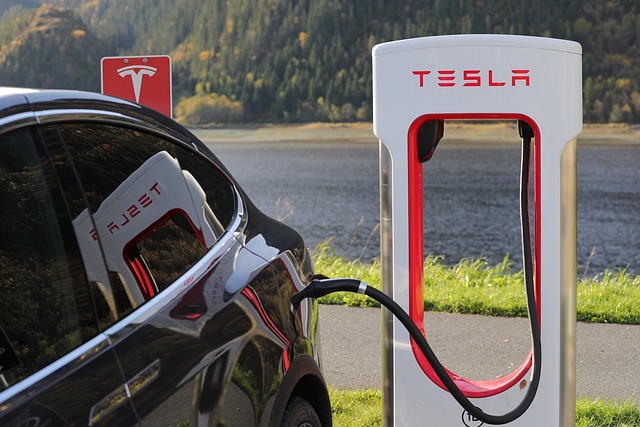

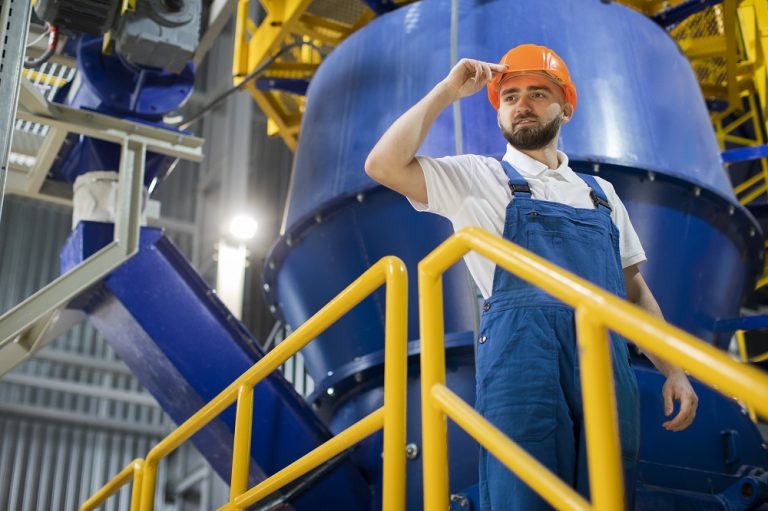
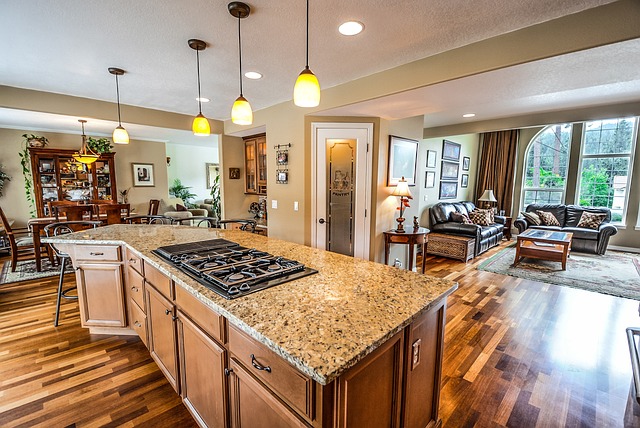

+ There are no comments
Add yours